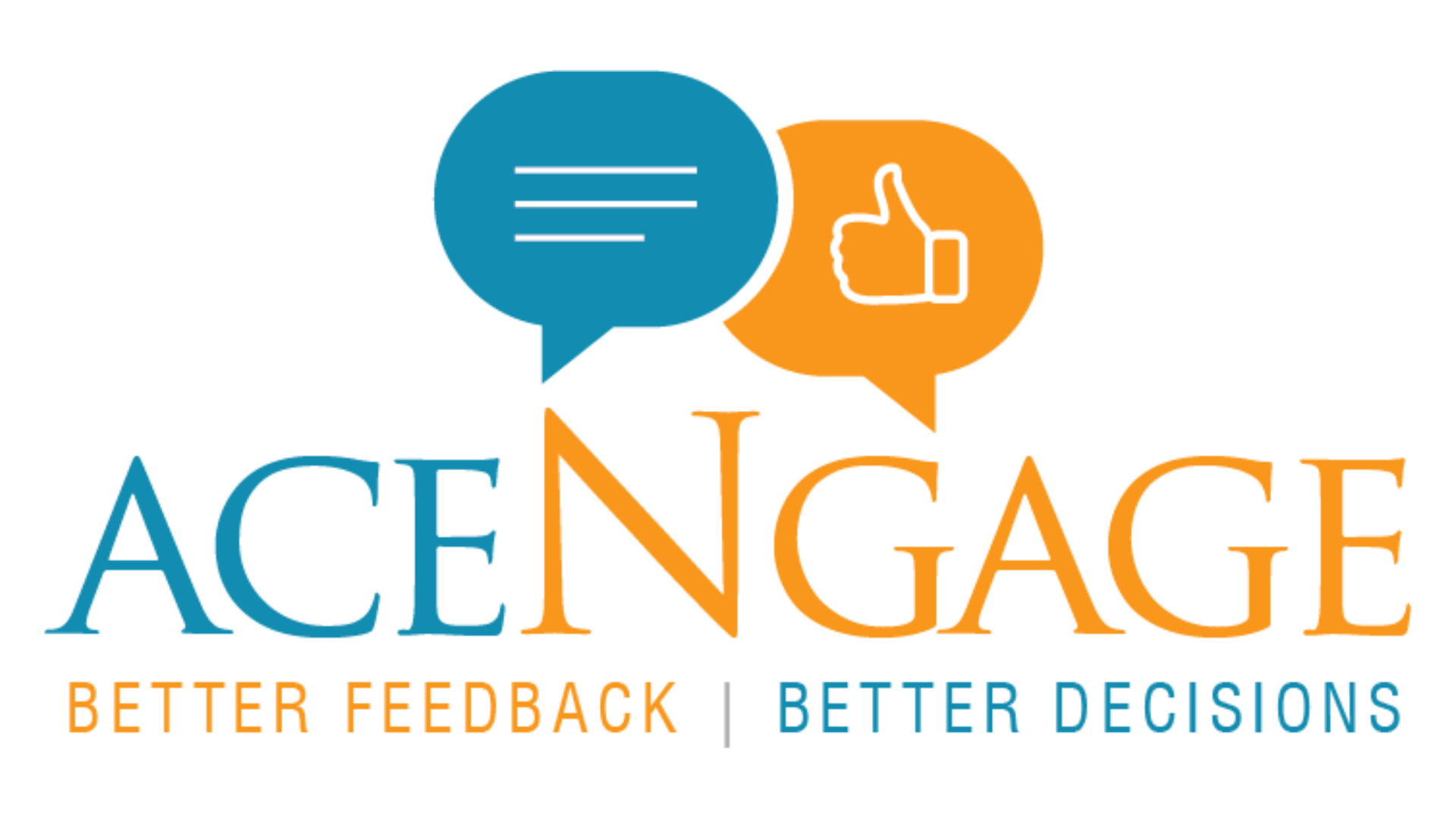[vc_row row_type=”row” text_align=”left”][vc_column][ultimate_spacer height=”20″][vc_column_text]Since November 2020, globally there have been more than 1,27,690 layoffs (according to Layoffs.fyi). In 2022 alone, a minimum of 66 tech companies have laid off employees and we are still counting.
Either because of economic or organizational reasons, headcount adjustments in the name of layoffs, furloughs or hiring freezes are a common practice which we have seen across the years.
But the point of discussion here, is about something bigger than the process itself. If an organization must continue to deliver its work, must continue to grow, must continue to make profits, the one resource they must continue to fall back remains the same. And they are its people. It’s employees.
In this article, we would like to explore on how to sustain employee engagement against decline- during layoffs or other uncertain times. The impact of layoffs and other organizational changes can wash out engagement, sooner than we know.
[/vc_column_text][ultimate_spacer height=”20″][vc_column_text]
Hybrid and remote work from home is what most companies have adapted to. Flexible working where teams don’t essentially work under the same roof, unless specified, has become established amidst a myriad discussions.
Knowingly or unknowingly, remote working has almost created silos. And it dawned on us that these silos have added pressure to improve employee engagement given the virtual set-up. But as if fanning the flames, due to recession or organizational restructuring reasons, we are seeing layoffs around the corner. What’s not good is, having layoffs amidst our phase of adjustment to virtual working. This has not been helpful to the rest of the employees.
Remote work, disconnectedness, disengagement, layoffs is a blended recipe that could uproot healthy productivity. So, no matter what, employee engagement is a top essential, for the ship to stay afloat through this low trough point. Hence, organizations cannot have a blanket approach towards engagement efforts, but rather a structured and focused one.
[/vc_column_text][ultimate_spacer height=”20″][vc_column_text]
Let’s face it. And it needs no mincing of words. Maintaining employee engagement during layoffs is hard. We are humans and the impact can be disagreeable yet quick to spread.
Which brings us to the point that working on the engagement of the remaining employees can be like going against the tide. It’s an uphill task and requires intentional interventions. And this does not start or end with HR or business alone, it requires the entire organization. And something that would depend on work culture and other principles that an organization lives by.
It is in difficult times of change that the true mettle of an organization’s work culture, stands out.
The 14 ways to sustain employee engagement during layoffs or furloughs, that we’ll discuss next, will reflect just that. Work culture is the blue print that upholds these aspects.[/vc_column_text][ultimate_spacer height=”20″][vc_row_inner][vc_column_inner][vc_column_text]
14 Ways to Sustain Employee Engagement During Layoffs or Furloughs
1. Maintain Open Communication
Typically, when layoffs happen in companies, communication about it is minimal. Employees often are taken by surprise and disbelief. Unanswered questions can be taken care by water cooler conversations, but that would a recipe for weakening the brand. And this could be a fertile ground for rumours, grapevine, unwanted tensions, anxiety, fear and distrust in leadership.
One of the best ways to relieve such a situation is for organizations to have open communication about it. It could be in the form of a message from a leader on the changes that are happening, a broad or high-level overview of the plan ahead and why headcount adjustments are needed. An insight on the objectivity and fairness aspect of the headcount reduction process will give an overview to employees.
Also, offering avenues for employees to talk about their apprehensions with assigned reps, can help clarify questions and doubts.
Training these assigned reps in advance, plus equipping them with resources and material can be used during those conversations. While this may seem like unproductive time, this step goes a long way in maintaining company branding and loyalty.
Bottom line is to keeping open communication lines will ease out pent up anxieties and ambiguity, to a great extent.
[/vc_column_text][/vc_column_inner][/vc_row_inner][ultimate_spacer height=”20″][vc_row_inner][vc_column_inner][vc_column_text]
2. Share a Communication Of Objectivity
Organizational leaders can work on sharing a communication of objectivity with employees. Communication of objectivity could be a high level understanding on the criteria, measure, yardstick of the process, coupled with reasons on why manpower adjustment is required for the organization. Being transparent about what employees can expect will minimize unwanted escalations or complexities. This will not only bring down surprise elements, but employees will be aware about the upcoming decisions. However, the most critical aspect about this step is that, it must be done respectfully and diligently, without compromise on the organizational philosophy and values.
It all ties back to the need to communicate with employees, with assurance on the process and protocols. It may not be an easy one to do, but will certainly help demystify ambiguities in favour of the employee awareness. They must be in the ‘knowing’ and organizations owe that to employees.
[/vc_column_text][ultimate_spacer height=”20″][/vc_column_inner][/vc_row_inner][vc_row_inner][vc_column_inner][vc_column_text]
3. Empower and Coach Managers To Talk About The Change
Managers must be coached and trained to talk about the change that is happening. They must be empowered to hold virtual meetings with their teams, to empathise and help process what is happening. Team members will have questions and Managers must allocate few minutes each day to talk about these topics. Managers must be coached to speak within the objectivity guidelines and not digress into details. They must be coached to be clear on what to guide the employees to do next, in reinforcing their goals and purpose.
The same will apply for team leaders who manage teams. Managers must mentor and coach team leaders as well, accordingly.
Organizations can affiliate with third party partners like AceNgage to deliver custom coaching for Managers and team leaders. The last thing an organization would want during a headcount reduction process is to lose more employees than they intended to. Since Managers and team leaders have the closest supervisory interactions with team members, they are the face of the organization leadership. Which means they must be diligent and mindful about everything they express. Their leadership could either worsen the situation or hold fort, amidst tough times. Hence, training them is imperative.[/vc_column_text][ultimate_spacer height=”20″][/vc_column_inner][/vc_row_inner][vc_row_inner][vc_column_inner][vc_column_text]
4. Instilling Empathy
Just as we encourage being respectful as a valued behaviour in many organizations, empathy is just as fundamental and almost synonymous. Empathy must be nurtured as a ‘no-compromise’ part of the work culture. Everyone across organizational levels must be instilled to respond empathetically.
Layoffs or furloughs are not pleasant, irrespective of how strong the reasons to validate them maybe. However, a healthy work culture can ease out the complexity of the situation, significantly. So, while managing layoffs or answering ignorant questions from employees intentionally being mindful of the sensitive aspects can go a long way.
[/vc_column_text][ultimate_spacer height=”20″][/vc_column_inner][/vc_row_inner][vc_row_inner][vc_column_inner][vc_column_text]
5. Conduct Stay Interviews and Surveys for Your Top Employees
Employees will have a lot to say, during such times. An employee may experience anxiety on knowing that a close team member will not show up for work, from the next day onwards. It’s critical to nullify and understand reasons that could lead a top employee to quit.
If organizations value retention of other employees, they must invest in stay interviews and surveys. It is important to make those employees heard and valued.
Stay interviews and surveys may be conducted, anonymously, by means of third party engagement specialists like AceNgage which provides a safe space for employees to voice out their opinions.
[/vc_column_text][ultimate_spacer height=”20″][/vc_column_inner][/vc_row_inner][vc_row_inner][vc_column_inner][vc_column_text]
6. Reinforce Value Through Recognition
Layoffs or furloughs should not be a reason to halt other employee engagement efforts.
The spirit of recognising and appreciating your top employees must continue in the form of rewards and recognition. The modes of recognition and appreciation vary from organization to organization and the same must be either tweaked or maintained, as applicable- but not ceased.
This will help beat apprehensions that top performers may feel. And instead, they will feel valued and recognised for their efforts. It may not immediately build morale but it will help sustain engagement, when taken cumulatively.
[/vc_column_text][ultimate_spacer height=”20″][/vc_column_inner][/vc_row_inner][vc_row_inner][vc_column_inner][vc_column_text]
7. Be Clear About What’s Next
While some decisions on headcount management cannot be interfered with, giving clarity to employees on what next, can be the differentiator. Employees must know what their purpose will be, how can they contribute to the changed business goals, how will they individually add to the ‘whole’.
Managers and team leads must be clearly trained and communicated this, by top leadership.
This will not only reinforce purpose, but also, re-align focus to work at hand and on the path forward.
[/vc_column_text][ultimate_spacer height=”20″][/vc_column_inner][/vc_row_inner][vc_row_inner][vc_column_inner][vc_column_text]
8. Share Objectives and Vision of the Organization
Now that the change happened, employees need to know where the Organization stands. Top leadership must invest in sharing the updated goals of the organization. This may include periodic progress and milestones that are yet to be accomplished. This will help employees gauge the way forward. Additionally, employees will build trust in leadership and will be better engaged. Clarity boosts engagement just as a map gives direction to a goal. [/vc_column_text][ultimate_spacer height=”20″][/vc_column_inner][/vc_row_inner][vc_row_inner][vc_column_inner][vc_column_text]
9. Hold Virtual Meetings As Often As Possible
Employees must be encouraged to participate in virtual meetings as much as possible by Managers. While typically the purpose of virtual meetings is to discuss about work and related productivity, they must also be considered as an avenue for candid discussions during difficult phases. Any group guidance that team members may seek, can be brainstormed, asked, explored on virtual meetings. Managers must lead such discussions, give employees comfort and handhold their teams on virtual meetings using empathy, listening skills and provide guidance on what next for their performance.[/vc_column_text][/vc_column_inner][/vc_row_inner][ultimate_spacer height=”20″][vc_row_inner][vc_column_inner][vc_column_text]
10. Provide a Safe Session to Share Emotions
There could be situations when employees may not be entirely comfortable sharing their thoughts and emotions with their Managers or team leaders. Organizations do not want their employees to bottle up apprehensions. They must invest in organizing for safe sessions for employees to speak out.
Organizations can partner with third party partners like AceNgage in the employee engagement niche, to custom plan safe sessions for their employees, with emphasis on anonymity.
With trained behavioural psychologists, AceNgage can help gather feedback and information from those sessions. This data can be shared with HR and business, for improving internal processes or steps related to the scenarios.
[/vc_column_text][/vc_column_inner][/vc_row_inner][ultimate_spacer height=”20″][vc_row_inner][vc_column_inner][vc_column_text]
11. Formalise Mapping of Individual Goals to Company Goals
Losing a top performer costs substantially for organizations. Especially, when training cost, skill and experience costs, tenure spent are added up. Organizational change that impacts employees calls for calibrating and correlating individual goals in line with the company goals. This helps re-orient a sense of purpose and establish new goals that employees can work towards.
The process of goal-setting must be formalised and well documented.
[/vc_column_text][/vc_column_inner][/vc_row_inner][ultimate_spacer height=”20″][vc_row_inner][vc_column_inner][vc_column_text]
12. Talk About The Support Given To Employees, by the Company during Layoffs
Each organization has its own protocols in offering support to employees who get laid off or furloughed. The practices could vary from organization to organization.
Best practices involve extended provisions like medical insurance, severance pay for 2-3 months, counselling services, outplacement services, job offers in network subsidiaries, resume reviews, etc., for few weeks or months.
Organizations may be open about this philosophy of care and support (for such employment transitions) with current employees. This reinforces the organization’s principles and value system.
Such transparency goes a long way in building employee loyalty, dispelling fears, bringing about clarity and to show the investment in employee wellbeing and more. Again, all this cumulatively adding up to employee engagement.
[/vc_column_text][/vc_column_inner][/vc_row_inner][ultimate_spacer height=”20″][vc_row_inner][vc_column_inner][vc_column_text]
13. Respectful Send-offs
This may seem out of place but important to follow. Many organizations have the pressure to reduce headcount quickly and lay off employees in a clumsy manner. Some of them go to the extent of laying off in a disrespectful and humiliatingly unstructured way.
The thing is it does not end there. Ex-employees can speak openly about the poor letting off in social media. This can not only affect the organization’s brand but also, negatively impact the current employees state of mind.
Employees’ engagement levels can have a steep fall through the cracks. HR teams and business teams must be trained to be very mindful of the send- off process while being subtle, gentle and respectful.
The focus should be on the continuity of careers and work of exiting employees, sooner or later. Ensuring respectful send-offs will leave employees with a constructive attitude.
Whether we like it or not, existing employees will learn about this and it could either strengthen their loyalty to the brand or make them to attrite.
[/vc_column_text][/vc_column_inner][/vc_row_inner][ultimate_spacer height=”20″][vc_row_inner][vc_column_inner][vc_column_text]
14. Offer Third party engagement partners intervention
Third party engagement partners like AceNgage can offer custom programs on engagement and offer retention services for employees. Leveraging third party partners neutralizes employees fear of being judged or retaliated. By keeping laser focus on top performers, organizations can build engagement levels through qualified specialists or psychologists who can check engagement pulse of employees.[/vc_column_text][/vc_column_inner][/vc_row_inner][ultimate_spacer height=”20″][vc_row_inner][vc_column_inner][vc_column_text]There are no secrets in the digital world. Employees are well aware about headcount management, displacement and economic troughs, in general. When organizations suppress communication, engagement gets hit. Hence, organizations must make efforts to communicate, educate their employees about the overall situation and the next steps.
Out of the 14 ways to sustain engagement we discussed, only some or all may apply to organizations. And this would largely depend on various interlinking factors, on the maturity stage of an organization. But one thing is clear, employees must be part of the solution and not part of the problem. The strength of a good brand is when employees are taken along, high or low and are in the picture transitions. We agree that it is a seismic shift, but this is what’s needed to sustain engagement and reap long term benefits for organizations.
[/vc_column_text][/vc_column_inner][/vc_row_inner][ultimate_spacer height=”40″]
[vc_row]
[vc_column_inner width=”1/2″]
[/vc_column_inner]
[vc_column_inner width=”1/2″]
Get a Custom Plan
[/vc_column_inner]
[/vc_row]
[ultimate_spacer height=”40″]







